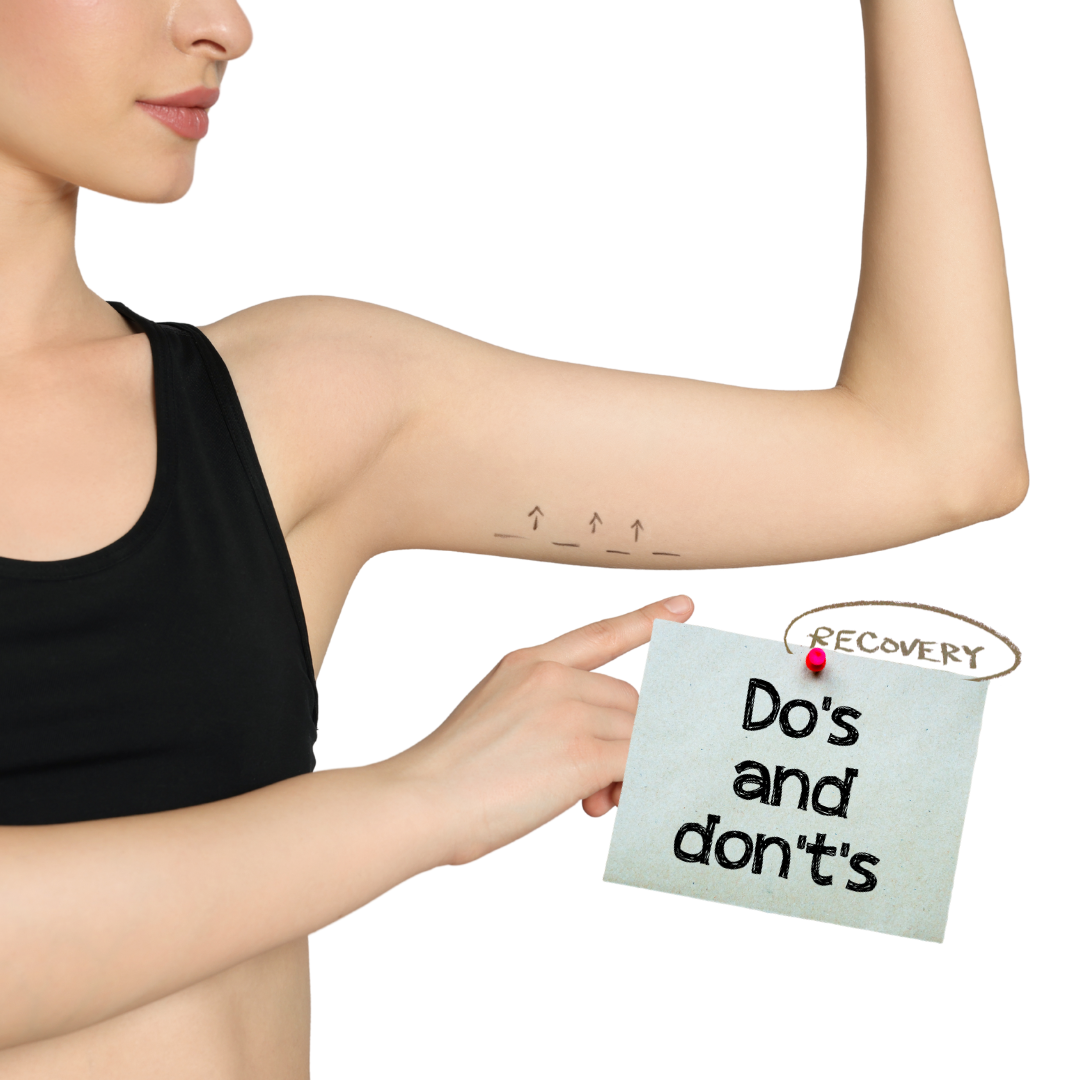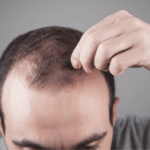Introduction
Getting ready for arm lift surgery is a big step, and knowing what comes after the procedure is just as important as the surgery itself. An arm lift helps reshape the upper arms by removing excess skin and tightening the tissue underneath. The results can boost your confidence, especially when sleeveless weather calls. But recovery doesn’t look the same for everyone, so it’s helpful to know what kind of support your arms may need as you heal.
If your procedure is planned in Baltimore, keep in mind that August can still be hot and humid, making it even more important to stay comfortable and cool while you rest. Taking care of your arms during recovery plays a role in how quickly and smoothly things progress. Elevating the arms, using compression properly, and easing into movement all help keep things on track.
Understanding Arm Lift Surgery Recovery
Right after surgery, your body will begin healing right away, even if you don’t notice it at first. Most people wear a compression wrap or sleeve on their arms immediately. This helps the tissues settle into their new shape and keeps swelling down. The first few days are often spent resting, which is why it’s good to have help nearby to do things like cook, clean, and carry everyday items.
Here’s a quick guide to what the early stages usually look like:
– Week 1: Focus on rest and gentle movement like walking. Keep your arms slightly raised using a pillow or support bolster. Staying still for too long isn’t ideal, but you also don’t want to rush back into normal activity.
– Week 2: You may start doing light daily tasks without lifting anything heavy. Keep wearing your compression garment as directed. Your arms may feel stronger, but they still need extra care.
– Week 3 to 4: Light exercises may be introduced, depending on how your arms are healing. Swelling should be reduced, and you may slowly return to parts of your routine.
Everyone’s experience is different. Recovery time depends on factors like age, activity level, and how closely post-surgery instructions are followed. One patient mentioned keeping snacks, water, a phone charger, and tissues in a basket near the bed. That kind of planning helped them avoid unnecessary movement in the first few days.
Essential Tips For Supporting Your Arms
Supporting your arms properly can make recovery not only smoother but more comfortable. How you rest, move, and even get dressed matters more than many people expect. Here are a few things to think about when creating a plan for your recovery days:
- Keep your arms elevated
Use extra pillows to rest your arms above heart level. This helps manage swelling and keeps your blood flowing the right way. Don’t overthink it. Something as simple as a rolled-up towel can make a difference.
- Avoid using your arms too much
Simple actions like reaching or picking up items add strain to healing tissues. Let others help wherever possible. Avoid pushing, pulling, or lifting until your surgeon gives you the green light.
- Wear your compression garment
These garments support healing by reducing fluid buildup and holding tissues in place. Make sure it fits properly. It should feel snug but not too tight. Wash it regularly, so it stays fresh and clean.
- Dress with ease in mind
Choose clothes that button or zip in the front. Pulling a shirt over your head can stretch sore areas. Loose-fitting clothes and sleeveless tops are ideal as your arms may feel extra sensitive in the beginning.
- Prep your resting area
Use soft bedding, keep essentials on low surfaces nearby, and line up entertainment options like books, a tablet, and magazines ahead of time. Less movement means less pressure on the body while it heals.
Simple planning and setup can bring peace of mind while helping your body recover. These small things matter more than you might think in those first few weeks. The earlier you give your arms proper care, the sooner you’ll be back to your usual activities.
Gentle Exercises To Promote Healing
Once your doctor says you’re ready, starting light arm movements can help your body heal the right way. These shouldn’t feel like workouts. Instead, think of them as gentle ways to wake up muscles and keep your joints from feeling stuck.
Here are a few beginner-friendly movements:
– Wiggle your fingers and roll your wrists to encourage circulation
– Lift and rotate your shoulders in small, slow motions
– Try a few short elbow bends without holding or lifting anything
– Gently stretch your arms without forcing or locking the joints
Always pay attention to how your arms feel. If anything feels tight, too warm, or uncomfortable, stop and speak with your surgeon. You’re not trying to push hard — just to move with ease.
After a couple of weeks, your surgeon may help you map out a slow return to daily activities. Light walking, easy stretches, and very basic bodyweight moves may be introduced. Lifting weights or doing anything intense must wait until full medical clearance is given.
Avoid exercises that lift your arms overhead or anything that involves carrying bags or cleaning tools. Even vacuuming or reaching for high shelves can be too much early on. These tasks work specific muscles that need extra time to regain strength. Take it easy and increase motion only when your doctor feels it’s safe.
Maintaining a Healthy Routine During Recovery
Your arms are healing on the outside, but the rest of your body supports the entire process from the inside out. Staying healthy overall makes the process smoother and more manageable.
Try building a simple, healing-focused daily routine that includes:
– Drinking plenty of water to support circulation and help remove waste from the body
– Eating protein-rich meals with fresh vegetables, fruits, and whole grains to fuel tissue repair
– Resting well daily and napping when needed to give your body the time it needs to recover
– Keeping follow-up appointments for progress checks and any needed adjustments
– Setting screen time limits and avoiding stressful commitments whenever possible
You don’t need to fill your days with activity. Healing takes effort behind the scenes. That said, feeling bored is common, so keep a journal nearby, line up some good shows, or try low-energy hobbies like puzzles or coloring books.
Since it’s August in Baltimore, it might feel hot and stuffy outside. Try to stay indoors in AC-powered rooms and keep sun exposure low. Loose clothes and a fan nearby can help if temperatures rise. Use this downtime to ease into new healthy habits like meal planning or light stretches if approved by your doctor. Small steps now support lasting results.
Support Your Outcome One Step at a Time
Recovery is personal. Giving your arms the attention they need helps protect your results and leads to better comfort overall. Whether it’s resting more, moving with intention, or building better habits, small efforts can go a long way.
What your arms look and feel like weeks after surgery depends on more than just the operation. It’s about the care you give during each recovery phase. Following your surgeon’s advice, being patient with your body, and planning with your comfort in mind makes a big difference.
Taking it one day at a time gives your body the best chance to heal and helps make your results last. Your confidence is worth every ounce of care you give it.
If you’re thinking about what comes next after your procedure, planning ahead can make a big difference. For personalized guidance and support throughout your recovery, learn more about arm lift surgery in Baltimore. Feel confident reaching out to Baltimore Cosmetic Surgery with Dr. Jeffrey E. Schreiber at (410) 205-1846 to schedule your consultation.




